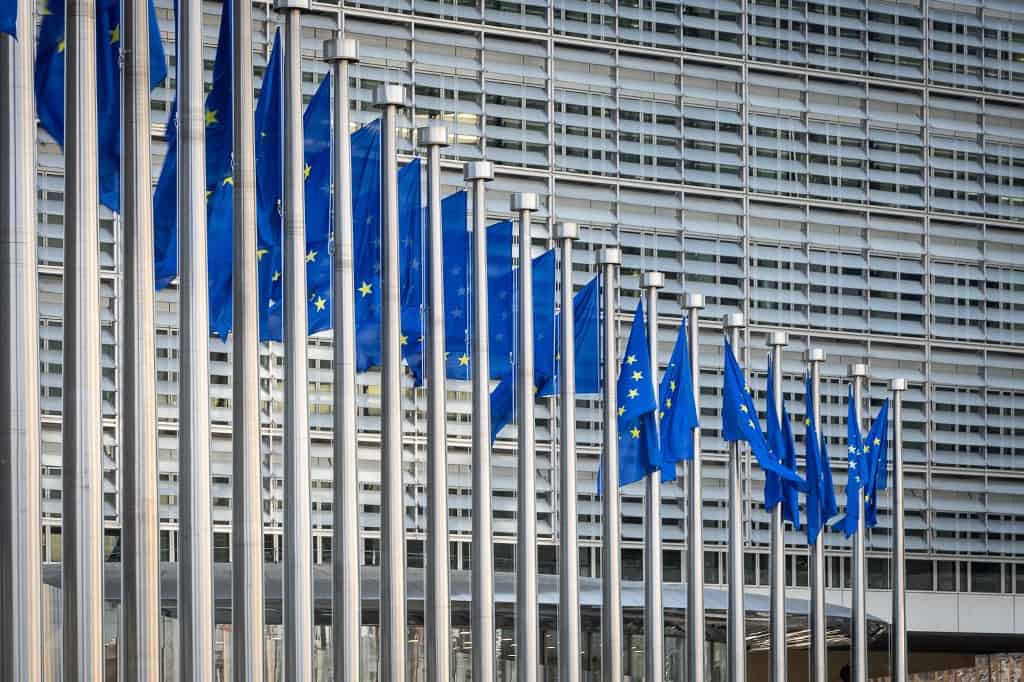The European Union and Central American nations came together for their first Association Council meeting in Brussels. They focused on growing trade and investment while tackling shared global problems. This step marks a key moment in their partnership, built on an agreement that fully kicked in on May 1, 2024.
Kaja Kallas, the EU’s top diplomat from Estonia, led the session alongside Denmark’s Foreign Minister Lars Løkke Rasmussen, who heads the EU Council right now. Kallas posted on X about starting “a new chapter” in relations between the EU and Central America. Foreign ministers from Costa Rica, El Salvador, and Guatemala joined in person: Arnoldo André Tinoco from Costa Rica, Alexandra Hill from El Salvador, and Carlos Ramiro Martínez from Guatemala. High-level officials represented Honduras, Nicaragua, and Panama, including Honduras’ Vice-Minister Gerardo Torres Zelaya, Nicaragua’s Vice-Minister Erwin Ramírez Colindres, and Panama’s Foreign Minister Javier Eduardo Martínez-Acha Vásquez.
During the talks, both sides addressed major international matters like ongoing wars, migration, security threats, climate change, and AI governance. They committed to finding shared positions on these issues to support joint efforts in global forums. The group also reviewed their cooperation and stressed the need for stronger ties through people-to-people exchanges, involving businesses and civil society groups.
On the economic front, the meeting highlighted solid progress. Trade between the EU and Central America jumped from 8.7 billion euros in 2012 to 22 billion euros in 2023. The EU ranks as Central America’s third-biggest trade partner, with exports from the region shifting toward innovative products. Agricultural goods make up a big part, with items like coffee, prawns, pineapples, and melons entering the EU duty-free. In return, Central American markets opened up for European items such as whiskey.
Both parties agreed to push trade and investment further by making full use of the Association Agreement. This deal covers political dialogue, cooperation, and trade, aiming to create stable rules for businesses. It removes most tariffs, streamlines customs, and opens doors for government contracts and investments. A mediation setup handles non-tariff barriers, and a dispute system keeps things fair.
The joint statement at the end acknowledged hurdles in their talks but emphasized building consensus. They pointed to the value of Central American integration, rooted in peace, democracy, and growth that includes everyone. Looking ahead, they plan to hold Association Committees and Cooperation Subcommittees soon. The next full Council meeting will happen in Central America in 2027.
This gathering fits into the EU’s broader push to strengthen links with Latin America and the Caribbean. Recent deals with Mexico, Chile, and Mercosur show the EU’s interest in the area. For Central America, closer EU ties offer chances to diversify economies and attract funds for sustainable projects.
Relations between the EU and Central America go back decades, starting with European support for peace and democracy in the 1980s. The Association Agreement, negotiated from 2007 to 2010 and signed in 2012, took years to ratify fully. Its trade section started applying in 2013, proving resilient through shocks like pandemics and supply chain issues.
Experts see this meeting as a way to refresh the partnership amid shifting global dynamics. With conflicts in Europe and elsewhere, both regions aim to team up on multilateral solutions. Central American leaders hope for more EU investment in green energy, infrastructure, and tech to spur jobs and development.
In Spanish-language reports, outlets like EFE and Semanario Universidad echoed these points, noting the agreement to expand commerce and investments while discussing geopolitical tensions. They highlighted the historic nature of the event and the role of regional unity.






